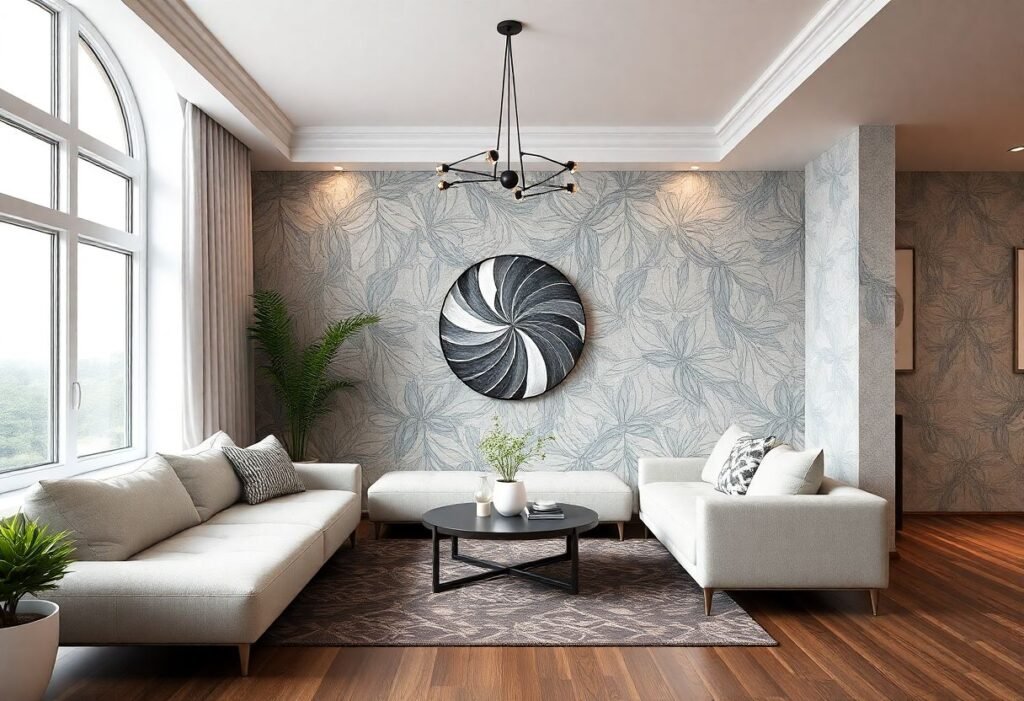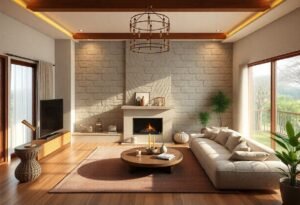Introducing the Interior Design Color Wheel
The color wheel is a visual representation of colors that can be utilized in your interior design projects. It consists of primary, secondary, and tertiary shades, all of which contemporary designers use to craft harmonious and inspiring environments. Each color possesses unique properties that profoundly influence the ambiance of a room.
How to Use the Color Wheel to Create Harmony
When it comes to interior design, the color wheel becomes your best friend. By selecting colors, you can easily formulate harmonious combinations. For instance, using analogous colors, which sit next to each other on the color wheel, creates a calming and soothing effect. This is an ideal choice for bedrooms, where you want to feel relaxed and rejuvenated.
Complementary Colors – Energy and Contrast
Utilizing complementary colors in interior design is a fantastic way to infuse energy and dynamism into your space. Colors that are situated opposite each other on the color wheel, such as blue and orange, connect in a way that captures attention and provides visual interest. Employing these in accessories like throw pillows or artwork can spruce up your room, making it more vibrant and eye-catching.
Shades and Their Emotional Impact
Understanding color psychology is a crucial skill in interior design. Different shades evoke different emotions. For example, green is linked to nature, and its tones are associated with tranquility and balance, making it a perfect choice for offices or workspaces. In contrast, the color red can energize a room, making it a great option for kitchens or dining areas.
Creating Color Palettes – A Step-by-Step Guide
While designing interiors, it’s wise to create a color palette that reflects your preferences. Start by selecting one dominant hue from the color wheel, then choose two to three complementary shades that harmonize with it. There are various online tools available to help you visualize how these colors will work together. Such a palette will guide you during shopping for furnishings and while accessorizing your space.
Seasonal Colors – Inspirations for Every Time of Year
Don’t forget about seasonal colors when creating your interior design. In spring and summer, light and pastel shades can bring freshness to your rooms. Meanwhile, autumn and winter are perfect for deeper, darker hues that add warmth and coziness to your environment. The color wheel can easily reflect seasonal changes in your home.
How to Blend Different Design Styles with Color
Another crucial factor to consider is the various interior design styles. Depending on which style you choose, certain colors may blend more effectively than others. For instance, Scandinavian style often showcases light colors and natural wood tones. The color wheel will help you select shades that enrich your chosen aesthetic, creating a cohesive look.
Conclusion
In summary, the color wheel is an invaluable resource in interior design. Whether you are just beginning your journey into interior aesthetics or an experienced designer, mastering color coordination opens new doors to creating your dream space. Don’t hesitate to experiment with fresh color combinations—your home deserves an extraordinary design!
Disclaimer
This article is for informational purposes only and does not constitute professional advice on interior design.

















